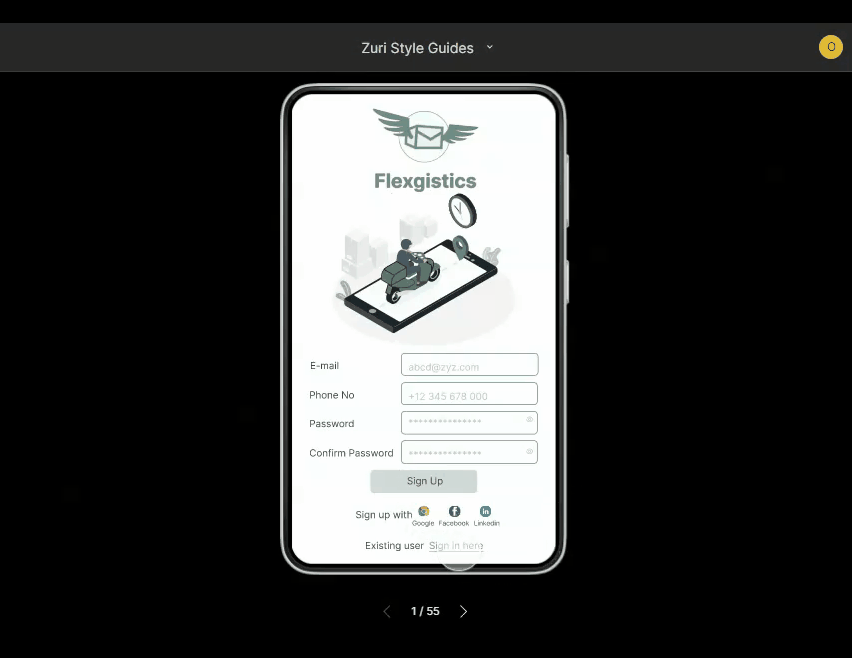
FLEXGISTICS
Product Design | A Logistics mobile application that helps customers to manage their expectations when sending goods from one place to another
Project Overview
Background
At Ingressive for Good X Zuri Training we were given a Logistics based task.
The logistics sector in Nigeria, particularly the package delivery sector, has faced a gap in terms of lacking predictability in price and delivery time, though the technology exists to aid this industry, the major struggle is the expectation management of the customers
The High Fidelity Prototype
My Role
Product Designer
Timeline
Tools Used
Figma
Figjam
Google Doc
June 17th, 2022
to July 2nd 2022
Technique Used
UX Laws Application
Design Thinking Process
Style Guides
(Colors, Typography, Grids, Input Field )
User Story, User Flow
Wireframing, Prototyping
The Challenge
Customers have an expectation and those expectations need to be managed ranging from the cost of a package delivery? What influences the changes in delivery cost? What is the timeline for package delivery? Are there flexible package delivery timelines? Amongst other considerations.
The Solution:
A conceptual design that considers the most discussed needs by users in each step of the pick-up and delivery process for both package sender and receiver.
The Journey
In order to start, I looked through some popular used logistics delivery apps so that I could understand their common features then I went on to research by interviewing individuals that usually make use of package delivery services for business delivery packages and shopping delivery.
Research Objectives:
To identify similar disappointing experiences that package delivery customers have experienced
To find out how package delivery customers will prefer their expectations to be managed
To find out what package delivery customers appreciate the most in terms of service.
Research Methodology and Recruitment:
10-20 minutes video semi-structured interview to gather in-depth qualitative data. I will use the interview script as a guide and ask follow-up questions based on the answers of the users.
There will be 5 participants including:
-
2 females that have product-based online businesses
-
1 male that has a product-based online businesses
-
1 female that expects packages often
-
1 male that expects packages often
To recruit participants, I reached people I know who have online businesses or people that receive packages often via Community groups on WhatsApp.
Screener questions
1. Do you send packages for delivery often?
A. Yes
B. No (Screened out)
2. Do you receive packages often?
A. Yes
B. No (Screened out)
3. Do you send/ receive packages for your business often?
A. Yes
B. No (Screened out)
Timeline
Milestone 1: Research and break down of data: 17th June, 2022
Milestone 2: User journey and wireframes: 26th June, 2022
Milestone 3: Hi-Fi Designs: 29th June, 2021
Milestone 4: Prototype and Presentation of case study: 2nd July, 2021
Persona based on research results

Idea Prioritization Matrix

Feature List
The top 5 features selected from the research findings to be implemented in the logistics delivery mobile application

User Flow

Low Fidelity Design
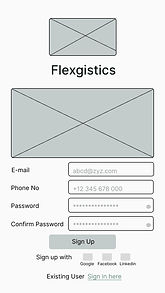

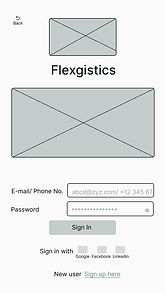
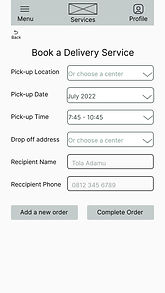


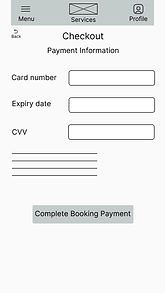

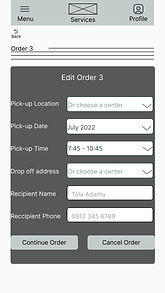

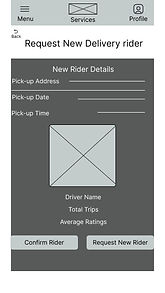

High Fidelity Design




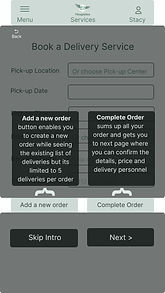
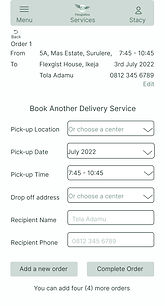




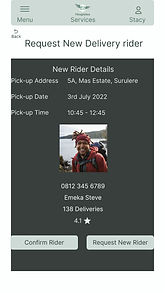
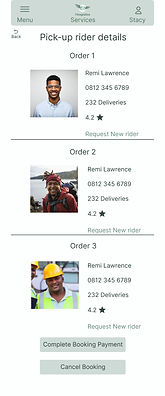
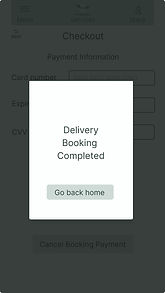


Recommendations and Next Steps
01
Integrate more decision ladders in terms of including options with apparent differences between Interstate delivery, Intrastate delivery and international delivery in the design
02
Introduce the rating/ experience page in the final design process
03
Introducing a special delivery section that considers the size/weight/value/status of the item for delivery and choosing the insurance cost of the item in case of damage to determine the cost of delivery
